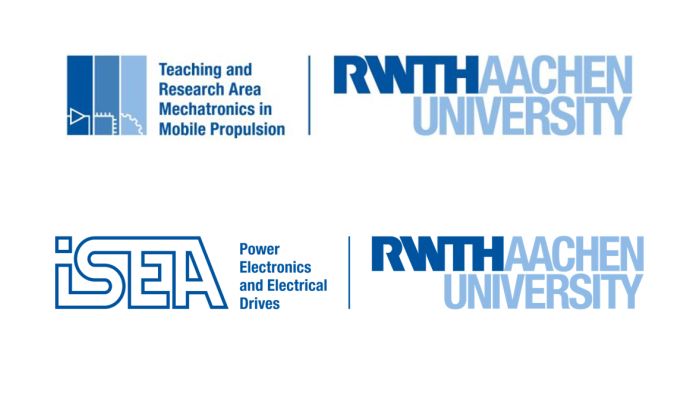
RWTH Aachen University
RWTH Aachen University
Organisation Introduction
RWTH Aachen University is one of the leading technical universities in the field of scientific education and research across Europe. More than 10,000 employees, including 7,000 researchers and professors, work with diligence and dedication to shape a better and sustainable future. In this project researchers from the Teaching and Research Area Mechatronics in Mobile Propulsion (MMP) led by Prof. Dr.-Ing. Jakob Andert as well as from Chair for Electrochemical Energy Conversion and Storage Systems (ISEA) led by Prof. Dr.-Ing. Dirk Uwe Sauer are involved. While the research of MMP generally concentrates on concepts and strategies for future mobile propulsion systems, ISEA researches optimal energy storage solutions for mobile and grid applications.
Why XL-CONNECT?
The Teaching and Research Area Mechatronics in Mobile Propulsion and the Chair for Electrochemical Energy Conversion and Storage Systems of RWTH Aachen University strive to research and develop new solutions for clean and sustainable mobility. The integration of electric vehicles into the European power grid seems to be one of the keys to a successful transformation towards electric mobility. The project and its consortia offer RWTH Aachen University unique opportunities to expand its knowledge and competencies in this field and to make an important contribution to the development of new technologies. We look forward to building new partnerships to jointly find new ways to promote electromobility based on scientific findings.
What in XL-CONNECT?
RWTH Aachen University will build a simulation environment that will serve as a research and development platform for new algorithms aimed at optimizing bidirectional charging procedures. Through the utilization of advanced simulation tools, these algorithms can be designed and tested in a highly controlled and flexible environment. Once developed, the new algorithms will be validated through lab tests and real-world demonstrations involving vehicles equipped with bidirectional charging capabilities. These demonstrations will help to further refine the algorithms and ensure that they are effective in practical applications.

“The XL-CONNECT project allows us to scientifically explore new strategies for integrating electric vehicles into the power grid to the benefit of all stakeholders – from energy suppliers to end users.“

